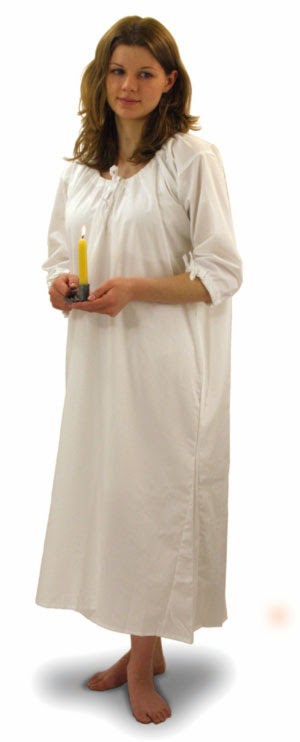Alexander Hamilton has been my hero since I was a ten year
old, which means I’ve been imagining him for a long time. When I decided to
finally write “his” book, I’d just finished a novel about Wolfgang A. Mozart, as
told by his wife. It would be a familiar approach, I thought, to tell the Hamilton
story from the same womanly angle. Or,
so I thought—until I realized I didn’t know much about Alexander’s wife, Betsy.
Was she just another Colonial
Dame? Well, Not exactly. The
big house in Albany where Elizabeth Schuyler had been brought up was “American with
a difference.”
Elizabeth Schuyler Hamilton by Ralph Earle
Historical fiction readers are familiar with the customs of
the Scots, Irish and English immigrants. But New York school children—me among
them—also learned about the Dutch, who had given place names all along the
Hudson and founded NYC, as well as inspiring
Washington Irving to write his winking ghost story: “The Legend of Sleepy
Hollow.” Although Betsy’s father, Major General Philip Schuyler, successfully “English-ified”
himself, she probably learned Dutch at her Daddy’s knee. (During the Revolution,
she and Baron von Steuben would find it their common language.) Hamilton’s
wife, my novel’s heroine, had been born and raised folkways which retained
some notable differences from those of her downstate predominantly English
neighbors.
Miss Schuyler’s female Dutch ancestors enjoyed rights greater
than those of any other European women. They were full legal persons, a position
American women would not enjoy again until the early 20th century.
They could own property and conduct business, enter into contracts and buy and
sell for their own profit. Some of the richest families in old New York could
trace their fortune back to the business savvy of one of these “She Merchants.”
In Holland, and, briefly, in later New Amsterdam (now NYC) a woman could chose
a unique form of marriage which kept her financial dealings and property separate from her husband’s. Although
these exceptional rights withered after the English took over the colony in 1664,
there remained a certain independence and self-reliance in these Dutch women.
Even the wealthiest ladies were inclined to
hands-on. They were taught how to cook and garden, how to spin, to keep fowl,
to weave and sew—as well as keep household accounts. An old family friend, James McHenry, wrote tellingly
to Hamilton: “Your wife…has as much merit as your Treasurer as you have
as Treasurer of the wealth of the United States.” It was no secret who kept afloat
the daily affairs of this often-preoccupied Founding Father.
Dutch women were also not so quick to hand their babies—messy, inconvenient creatures—off to servants
or slaves for nursing and day care. Despite the then commonly fatal water-borne and childhood
diseases, Mrs. Hamilton bore eight children and raised every one of them to
adulthood, something of a feat in those times.
The more I learned about her, the more she impressed me,
this quiet, domestic woman behind the man. Betsy lived to be 97. Almost to her
last breath, she performed her duties as co-founder of the first New York City
orphanage, a cause dear to her heart.
She also remained determined that ‘Justice shall be done to the memory of my Hamilton.’”
In this aim, she
never wavered, preserving his papers and facing down important men who had been
Hamilton’s political enemies with calm dignity.
 |
| CLICK TO PURCHASE FROM AMAZON |
~Learn more about Elizabeth’s life and the “odd destiny” of her
beloved Alexander--orphan, immigrant, genius, and nation builder, in A Master Passion~~
In print and “e” @
Sources:
Jean Zimmerman’s The Women of the House, Mariner
Books, 2007
David Fischer Hackett’s Albion’s Seed, Oxford
University Press, 1989
Washington Irving’s Knickerbocker’s History of New York,
GP Putnam & Sons, 1894
Mary Elizabeth Springer, Elizabeth Schuyler, A Story of Old
New York, 1903


























